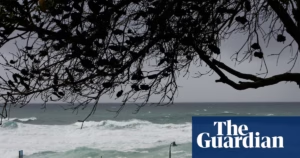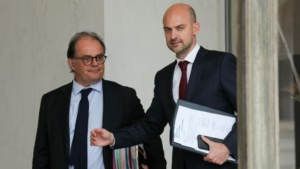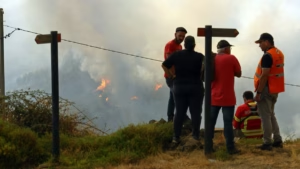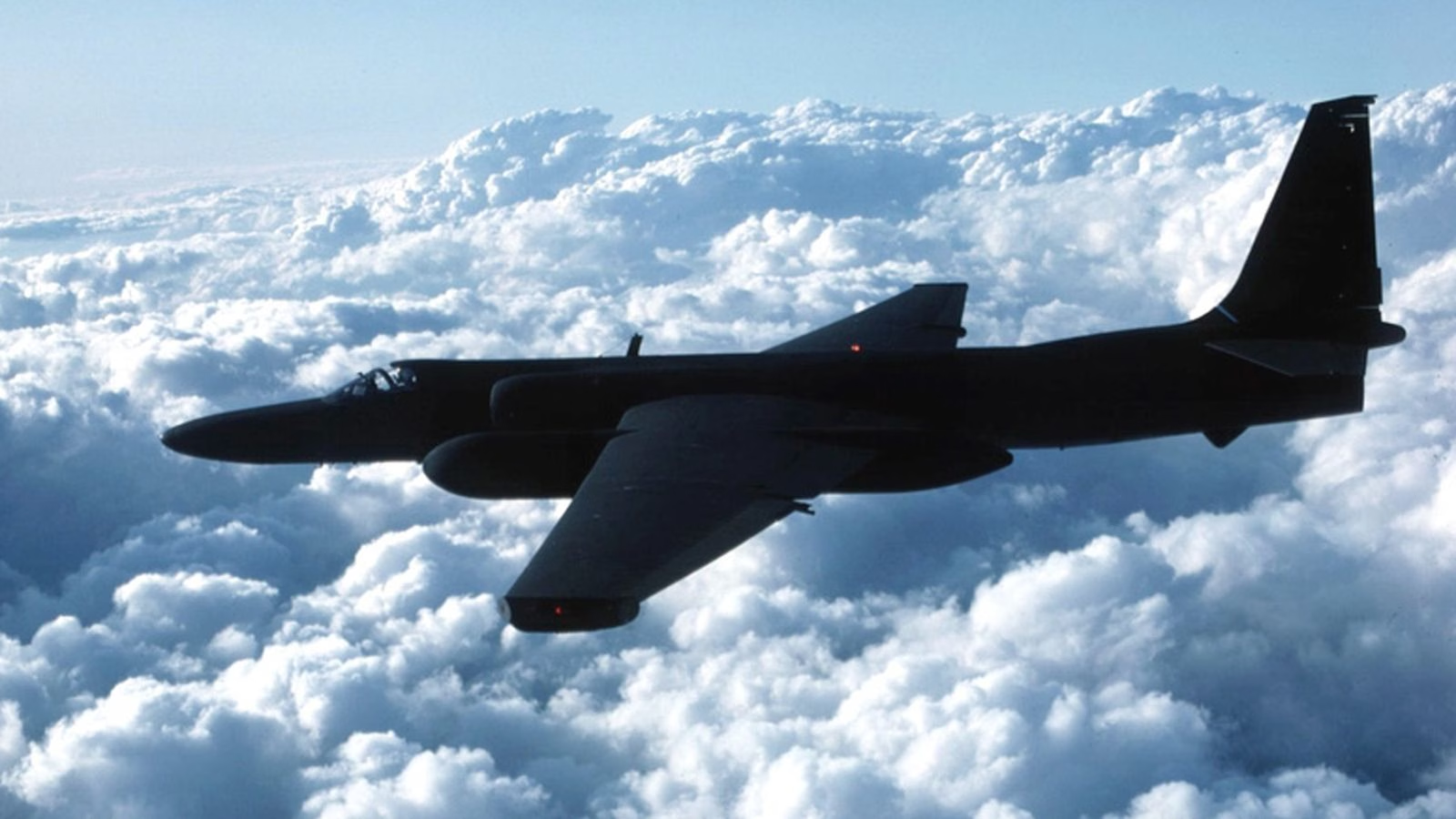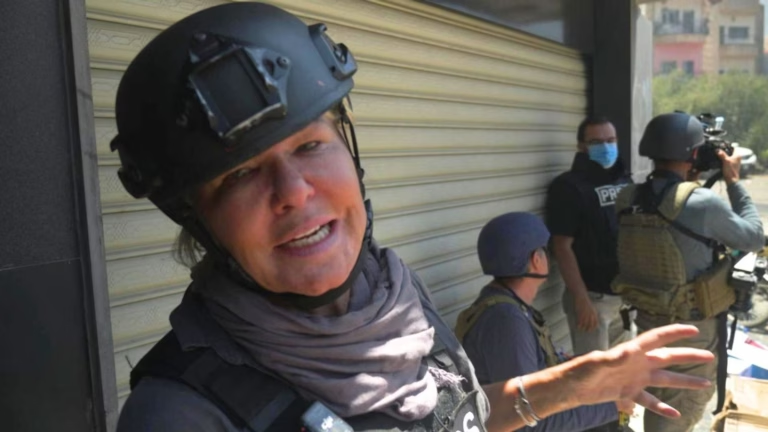“My dad was shot down over the Soviet Union,” says Gary. “As a kid I thought it was normal, everybody’s dad goes through this.”
During the Cold War, an American spy plane flew over Russian missile sites, capturing images for the CIA.
The US believed that at 70,000 feet their U-2 aircraft was beyond the reach of Soviet air defenses. They were mistaken.
The downing of the U-2 plane and the capture of pilot Francis Gary Powers resulted in an international incident that could have escalated to nuclear war.
Sixty-five years later, with conflicts ongoing in Ukraine, Gaza, and elsewhere, the global militaries continue the game of espionage cat-and-mouse, potentially setting the stage for a similar event to occur.
What happened on May 1, 1960?
President Dwight D Eisenhower authorized a series of U-2 spy plane flights over modern-day Russia to gather intelligence on the Soviet Union’s missile capabilities.
“As the United States saw it, although they knew that the overflight of Soviet territory was against international law, they regarded their activity as taking a peek behind the Iron Curtain in order to get an idea of Soviet preparedness,” says Sean Rehling, a curator at the Imperial War Museum in Duxford.
Powers was flying near Sverdlovsk when his U-2 aircraft was brought down by a Soviet missile. He managed to parachute to safety, but was captured by the Soviets.
The Americans, not knowing that Powers was still alive, initially claimed that a weather research aircraft had strayed into Soviet territory. When Soviet premier Nikita Khrushchev announced that a US pilot had been captured, the Americans were caught in a lie.
Powers was put on a public show trial and sentenced to prison, but was released in 1962 in exchange for Soviet spy Rudolf Abel.
Rehling states that the U-2 incident escalated tensions between the US and the USSR, possibly emboldening Khrushchev to pursue a risky diplomacy that led to the Cuban Missile Crisis.
“We see the culmination of this when, almost two half years later in the Cuban Missile Crisis, the Soviet Union appeared to be adopting a much more confrontational attitude to the United States,”
“The world became step by step this gradually more dangerous place”
‘I wanted to find out the truth’
“My father was very controversial when he returned home,” his son Gary, 59, tells Sky News. “Was he a hero, was he a traitor? Did he defect?”
After being exchanged on a Berlin bridge, Powers was cleared of any wrongdoing by the US but still faced doubts about the incident.
(Powers’ son shares more about his father in the video above.)
Powers died in 1977, aged 47.
Is the U-2 incident still relevant in 2025?
Even though it has been more than six decades since May 1, 1960, the lessons of the U-2 incident continue to resonate today.
NATO fighter jets still respond to Russian spy planes approaching the alliance’s borders, while Western surveillance planes operate over the Black Sea, gathering intelligence for Ukraine.
Rehling believes today’s world is a legacy of the Cold War.
“Even though Power’s aircraft was shot down 65 years ago, the world in which we live reflects the Cold War,”
“Today, intelligence gathering remains as crucial as it was during the Cold War,”
Gary agrees that the U-2 incident remains relevant, mirroring the ongoing tensions between nations such as NATO, the US, Russia, and China.
“It’s a cat-and-mouse game, trying to find out what the other side is doing and not getting caught doing it,”

